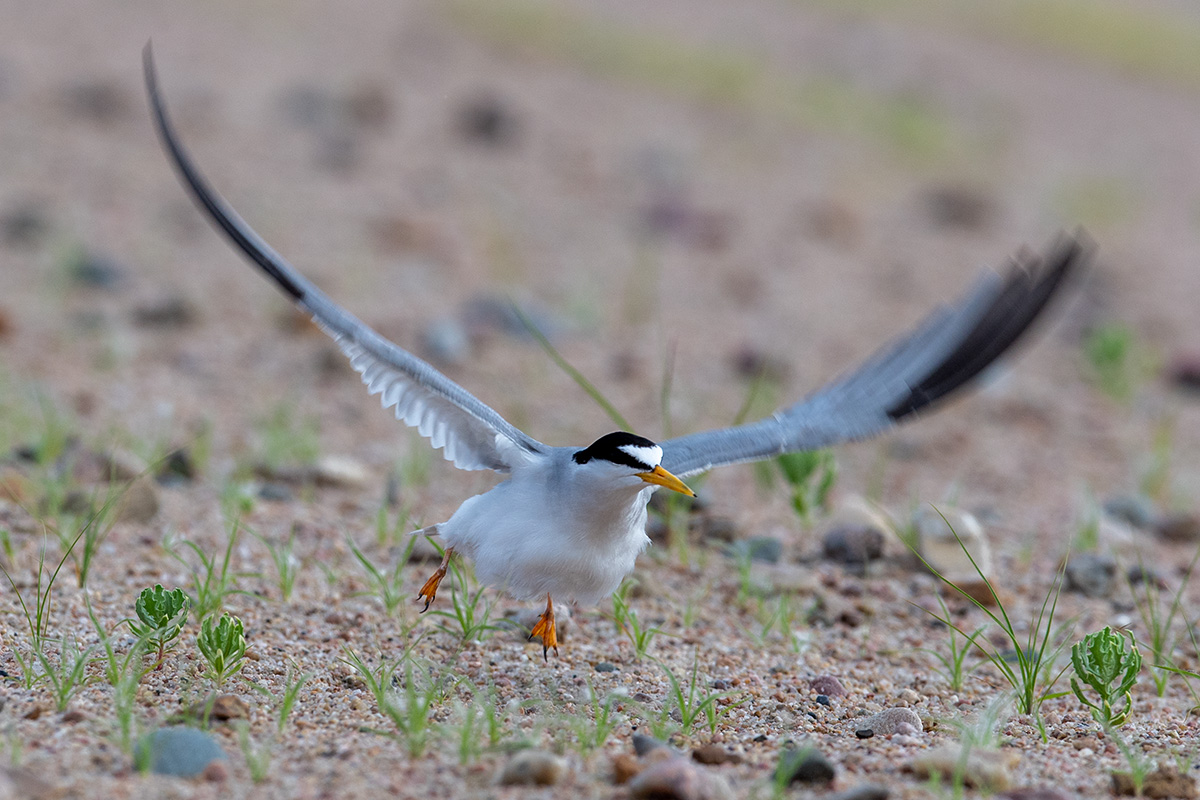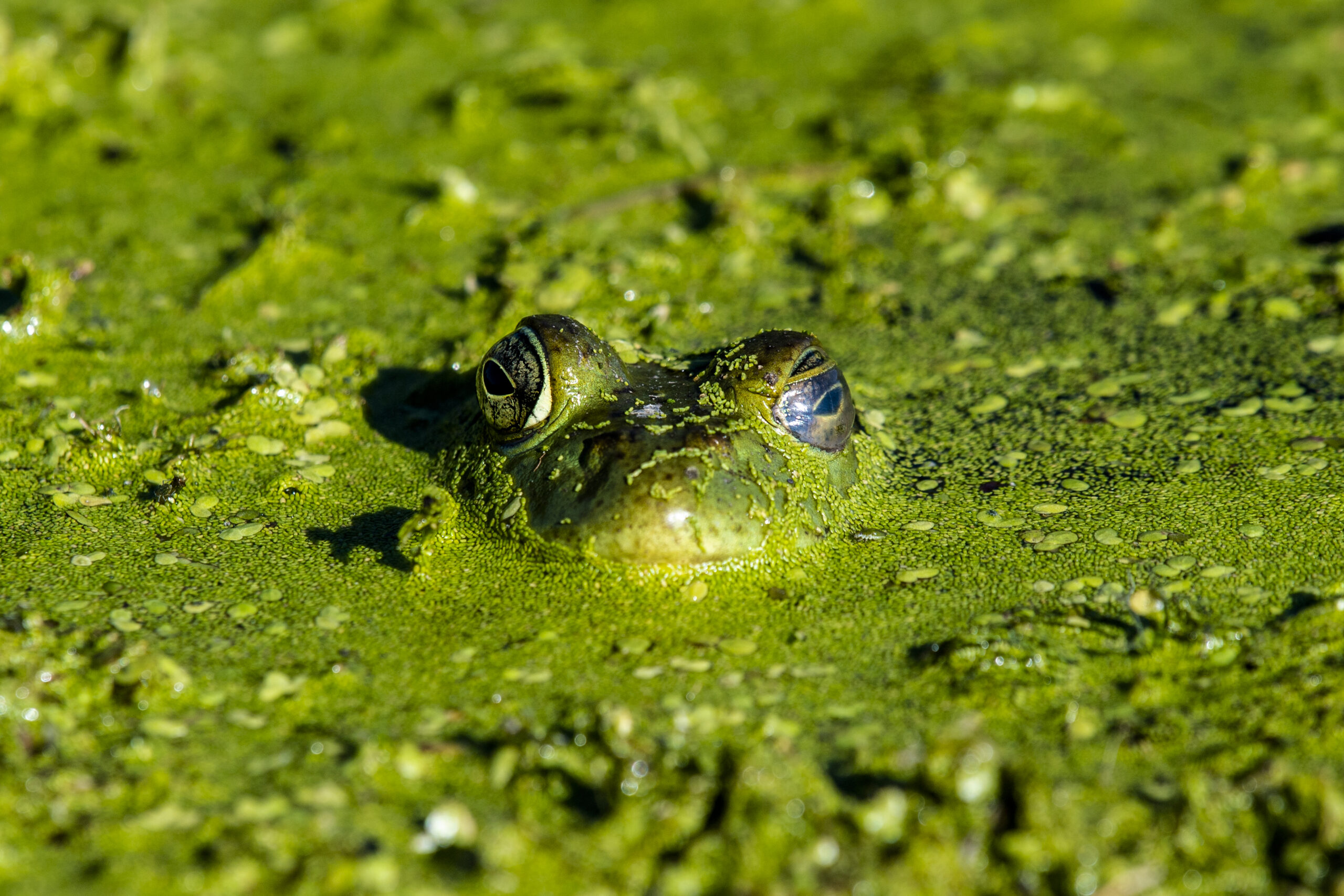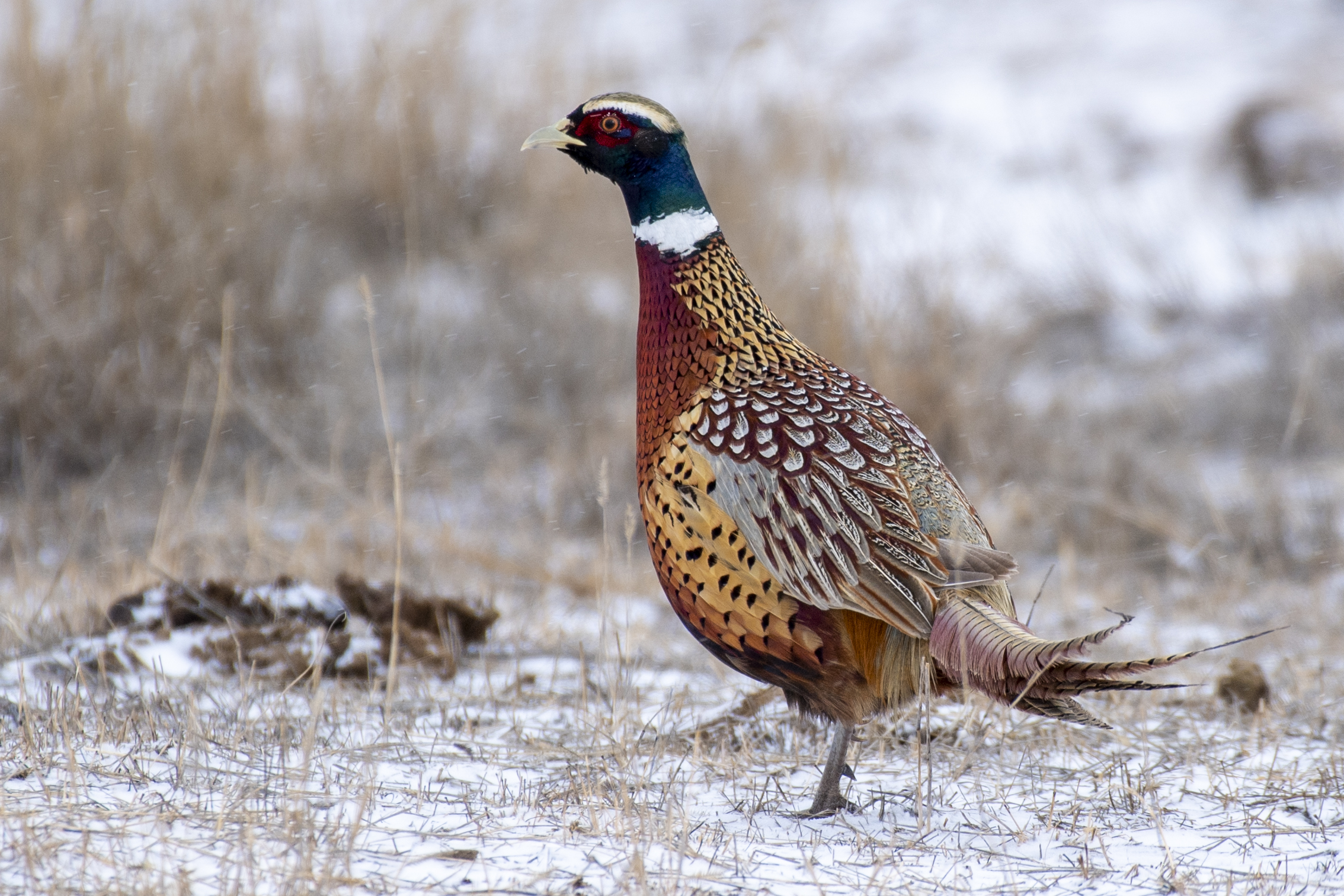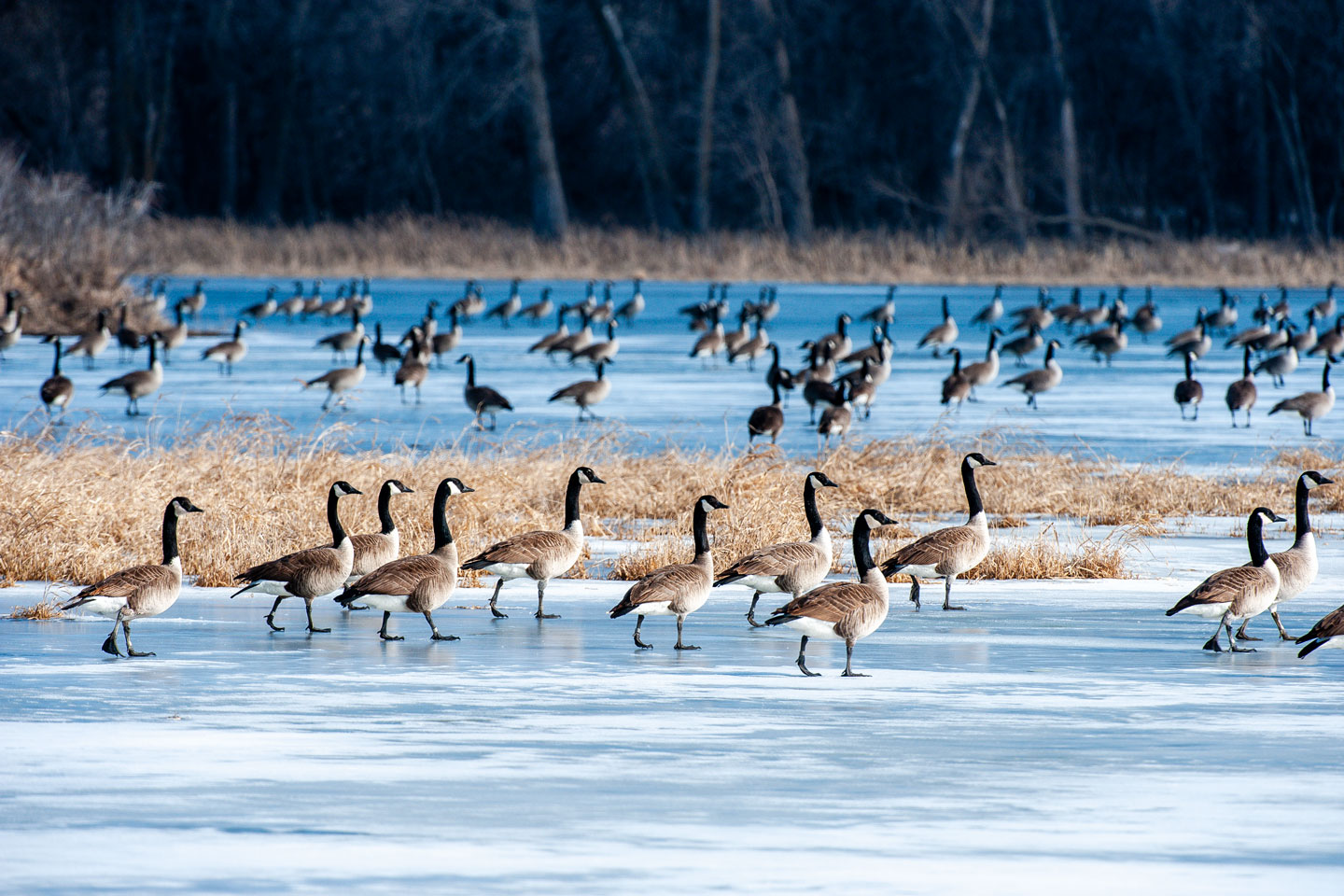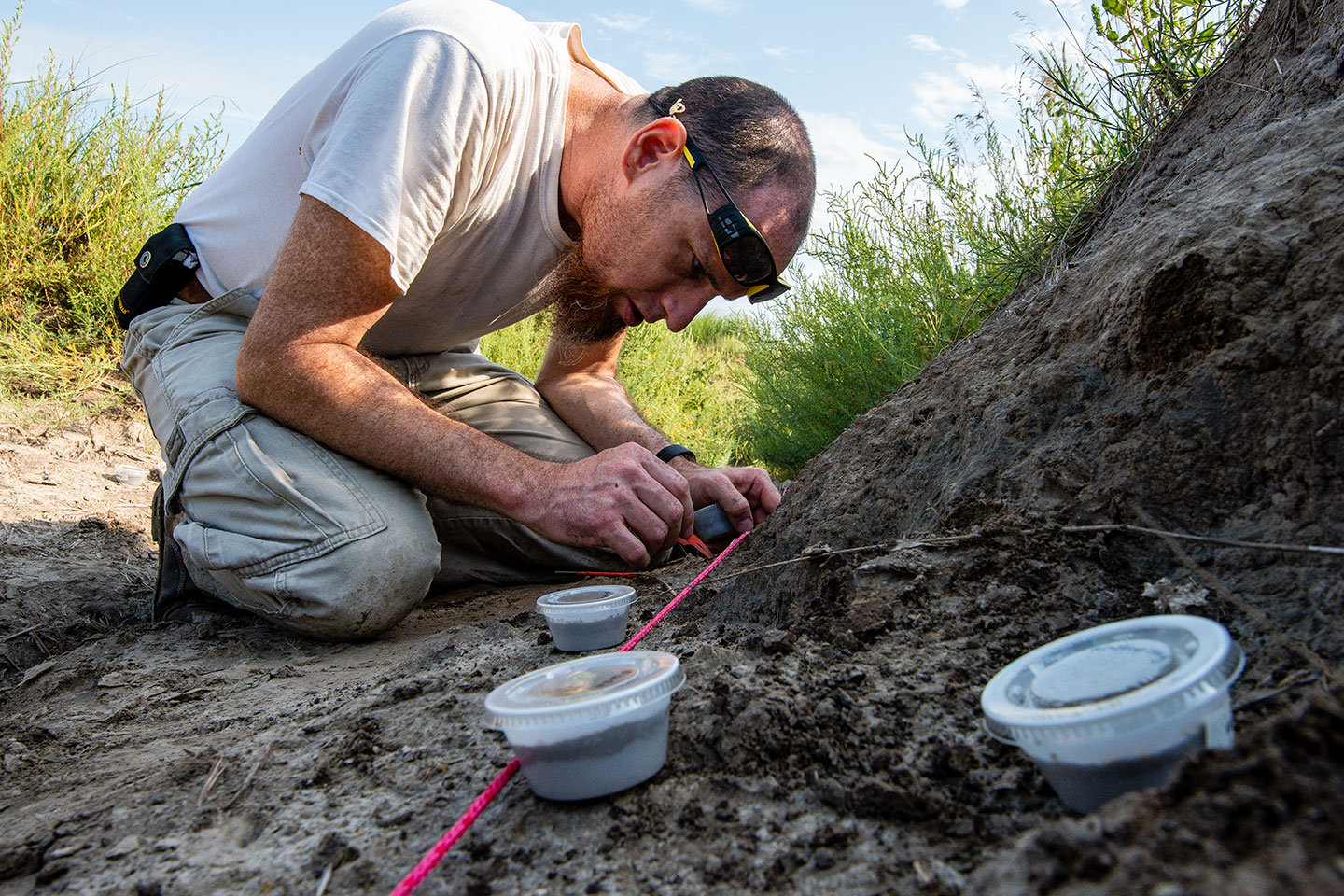Furbearer and Carnivore Program
The Furbearer and Carnivore Program is responsible for management of furbearers, other carnivores including coyotes and mountain lions, feral pigs, and nongame mammals – including those listed as threatened or endangered (river otters, southern flying squirrels, and swift fox). The primary furbearering species are abundant and widespread; therefore little management is necessary beyond harvest and disease monitoring, depredation response, and outreach to current and potential fur harvesters. Regulatory changes, research, and survey needs are important components of this program.
Recent Articles
By Sam Wilson
April, 2020
River otters are playful pinnacle predators in Nebraska’s aquatic ecosystems. They are powerful, quick, and adaptable to a variety of habitats and food resources. Despite the hardiness of this species, they could not overcome unregulated harvest and habitat changes that occurred during early settlement. Unfortunately for river otters, and the people of the time, they were extirpated from most Midwestern states by the early 1900s.
Biologists in the 1970s and 1980s made great efforts to return this species to suitable habitats across the country. More than 4,000 river otters were translocated during one of the largest scale and most successful carnivore restoration programs in U.S. history. The Nebraska Game and Parks Commission worked with game agencies and trappers in five states and two Canadian Provinces to acquire otters to reintroduce. They also spent considerable time holding public meetings, assessing suitable habitat for release sites, and preparing equipment to make sure the releases were successful. They released 159 river otters at seven sites in Nebraska during 1986-1991. 20-30 river otters were released at each site in order to provide enough animals for otters to find a mate.
Some river otters did not stay where they were released, including a male that traveled 1,138km from the South Loup River in Custer County, NE to the Missouri River near Hermann, MO. Most of the river otters likely did stay in Nebraska, as evidenced by their persistence and expansion from those reintroduction sites over the last 30 years.
Commission biologists used a number of techniques to determine the distribution and status of otters in Nebraska after their release. Otter presence (roadkill, photos, incidentally trapped animals, etc.) has been documented and mapped for decades. Winter bridge surveys were conducted where biologists looked for the unique run-and-slide tracks of otters on snow covered ice. Three graduate projects were completed with help from UNL, the Nebraska Cooperative Fish and Wildlife Research Unit, The Nature Conservancy, The Crane Trust, The Nebraska Fur Harvesters, private landowners, and other partners.
All of these efforts to assess survival, expansion, habitat needs, and status of river otters in Nebraska paid off. In 2017 Commission wildlife staff reviewed the status of threatened and endangered species in Nebraska. After this review, staff proposed that there was solid evidence that river otters have recovered, and their removal from the states list of threatened species was warranted. Evidence for delisting was reviewed by outside experts. Then two years of public meetings finally led to the Commission voting to delist otters during January 2020. More than 30 years of effort had finally paid off with a secure future for this charismatic native species.
Otters recovered in Nebraska and most of the U.S. thanks to large areas of suitable habitat remaining, the hardiness and adaptability of the species themselves, and decades of hard work by biologists and partners. Many species cannot be recovered in a similar manner, but we should applaud efforts like otter restoration that can bring back native species and allow them to thrive. This is truly one of the great conservation success stories in Nebraska.


